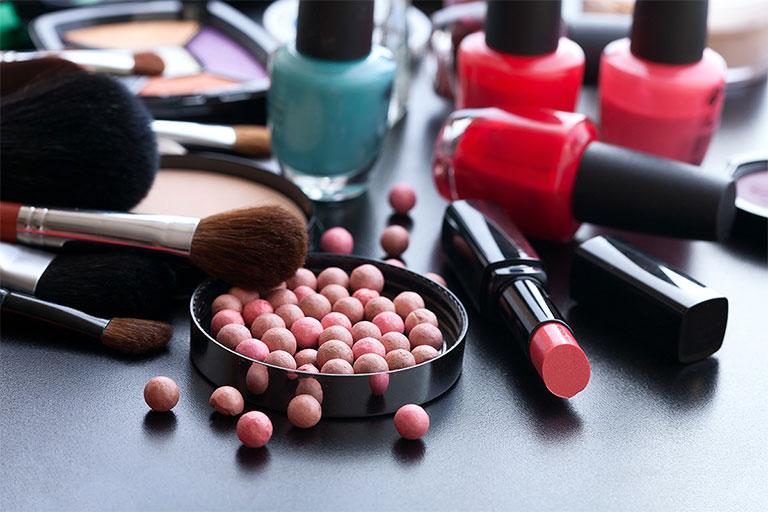Market Overview:
The global cosmetics market size was USD 374.18 Billion in 2023 and is likely to reach USD 758.05 Billion by 2032, expanding at a CAGR of 9.8% during 2024–2032. The market growth is attributed to the advances in manufacturing processes and quality control.
The cosmetics market has witnessed significant growth over the past decade, driven by increasing consumer awareness about personal grooming, advancements in product formulation, and the rising influence of social media. This market encompasses a wide range of products, including skincare, haircare, makeup, fragrances, and personal hygiene products. As beauty standards evolve and expand globally, the demand for diverse cosmetic products continues to grow, making it a lucrative industry for both established brands and emerging players.
Market Drivers and Trends
One of the key drivers of the cosmetics market is the growing consumer focus on natural and organic products. With increasing concerns about the harmful effects of synthetic ingredients, consumers are shifting towards products that are perceived as safer and more environmentally friendly. This trend has led to a surge in the availability of clean beauty products, which are free from parabens, sulfates, and other potentially harmful chemicals.
Another significant trend is the rise of the male grooming market. Traditionally, cosmetics were predominantly targeted at women, but there has been a noticeable shift as men become more invested in their grooming routines. This has opened up new opportunities for brands to develop and market products specifically designed for men, from skincare to beard care.
Challenges and Opportunities
Despite its growth, the cosmetics market faces several challenges. Regulatory hurdles, particularly regarding the safety and labeling of products, can pose significant barriers for companies looking to expand into new markets. Additionally, the industry is under increasing scrutiny for its environmental impact, particularly concerning plastic packaging and the sourcing of raw materials.
However, these challenges also present opportunities for innovation. Companies that can develop sustainable packaging solutions or create products with ethically sourced ingredients are likely to gain a competitive edge. Moreover, the growing demand for personalized beauty products, driven by advancements in AI and data analytics, offers a new frontier for growth in the cosmetics market.
Emerging Opportunities
Expansion into emerging markets presents significant opportunities for growth in the cosmetics industry. Regions such as Southeast Asia, Africa, and Latin America are experiencing rapid economic development, increased urbanization, and a growing middle class with disposable income. These factors create a fertile environment for cosmetic brands looking to expand their global footprint. Additionally, the young demographics prevalent in these regions are particularly receptive to new beauty products and trends, further enhancing the market potential. By tailoring products to meet local preferences and cultural nuances, cosmetic companies tap into these burgeoning markets, potentially achieving substantial growth in brand presence and revenue.
Get FREE Exclusive PDF Sample Copy of This Report: https://dataintelo.com/request-sample/111523
The increasing consumer demand for clean, sustainable, and ethically produced cosmetics offers a lucrative opportunity for brands willing to innovate in this space. This trend is driven by a growing awareness of environmental issues and health concerns associated with synthetic chemicals. Companies that invest in developing products with natural, organic ingredients, sustainable packaging, and ethical sourcing practices are likely to gain a competitive edge. Moreover, advancements in green chemistry enable brands to create safer and more effective products without compromising on quality or performance, appealing to environmentally conscious consumers and aligning with global sustainability goals.
Competitive Landscape
The cosmetics market is dominated by several key global players, as well as a myriad of smaller brands that cater to niche segments. Prominent companies such as L’Oréal, Estée Lauder, Procter & Gamble, Unilever, and Shiseido have established strong market positions. These major players are complemented by a range of high-end and luxury brands such as Chanel and Dior, as well as accessible brands such as Maybelline and CoverGirl. These companies have extensive product portfolios that cover various segments of the market, from skincare and makeup to hair care and fragrances. Their global presence is supported by robust distribution networks that include online channels, department stores, and specialty beauty stores. The diversity and breadth of products offered by these major players make them formidable competitors in the cosmetics industry.



